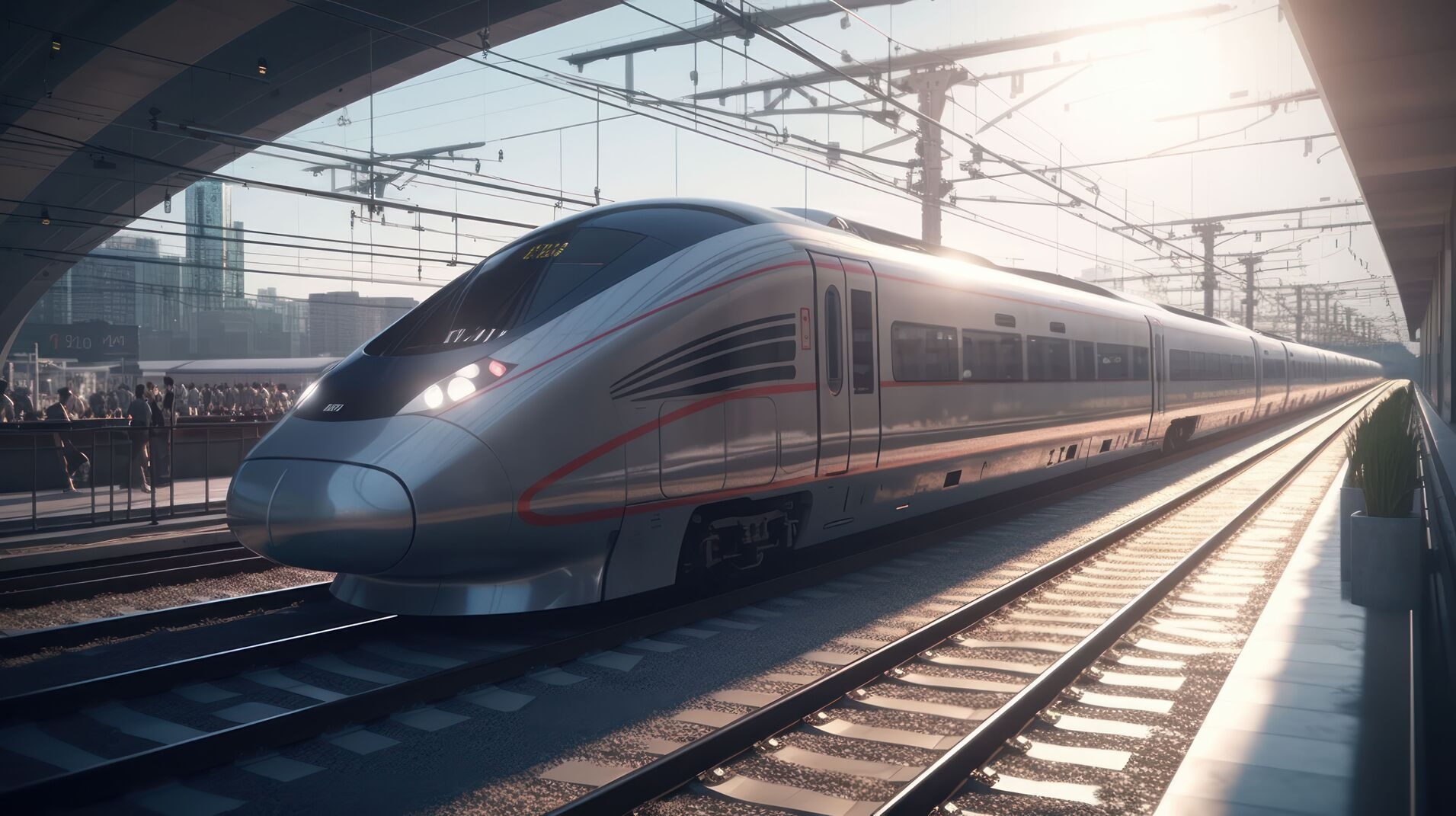About the Conference
India proudly operates the fourth-largest railway system in the world, trailing only behind the United States, Russia, and China. Spanning an impressive 126,366 kilometers of total track length and encompassing 7335 stations, Indian Railways is a cornerstone of the country’s transport infrastructure. For the fiscal year 2024–25, the internal revenue of Indian Railways is projected to reach Rs. 2,78,500 crore (USD 3.24 trillion), marking an 8% increase over the previous year’s revised estimates—highlighting the sector’s strong financial trajectory and growing strategic importance.
Driven by a national vision of modernization, Indian Railways is implementing transformative programs such as Mission Raftaar and the Bharat Viksit Railway Program to enhance operational speed, efficiency, and service quality. The PM-Gati Shakti National Master Plan further reinforces this momentum by promoting integrated infrastructure development, building mega railway terminals and improving multi-modal connectivity. These strategic initiatives aim not only to upgrade physical infrastructure but also to streamline logistics and catalyze economic activity across regions.
As India accelerates its development journey, the continued evolution of its railway system stands as a critical enabler of inclusive growth, regional integration and nationwide connectivity. With forward-looking investments and policy support, Indian Railways is uniquely positioned to meet the transport demands of a fast-growing economy. Join us at the 2nd Edition of India Rail, scheduled to be held on 19th and 20th, 2026 at New Delhi – India, where opportunities for collaboration, innovation and investment await in shaping the future of Indian rail transport.
Highlights of the Conference
- Investment Opportunities in Indian Railways
- The High Speed Rail Corridors
- Advancements and Expansion in the Metropolitan Cities
- Future Plans of RRTS
